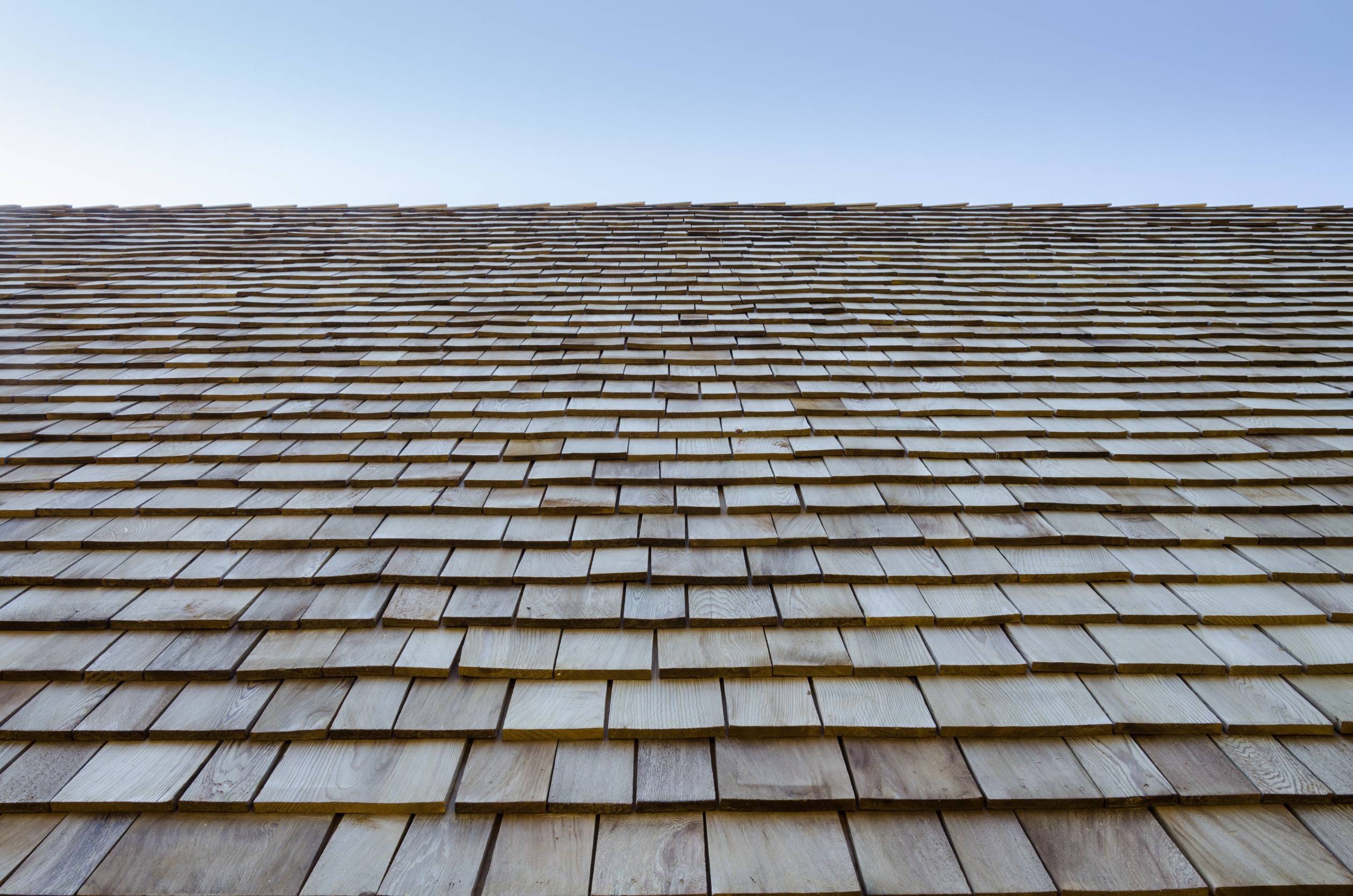Cedar wood has been a popular choice for various construction and crafting projects for centuries due to its durability, beauty, and scent. However, not all cedar wood is the same.
The differences between old growth cedar and new or second-growth cedar can impact your project’s outcome in terms of aesthetics, strength, and longevity. In this blog post, we’ll explore these differences and list the pros and cons of using cedar wood.
What is Old Growth Cedar?
Old growth cedar refers to cedar trees that have developed over hundreds of years, typically in dense, ancient forests. These trees have had a long time to grow in a competitive natural environment, which affects the wood’s characteristics significantly. Old growth cedar is known for its tight growth rings, which result from the slow growth process. This density and compactness give the wood excellent stability and durability.
What is New Growth or Second-Growth Cedar?
New growth or second-growth cedar comes from younger forests that have been regrown after the original trees were harvested. These forests are usually less than 100 years old. The cedar trees in these forests grow more quickly due to less competition for resources like sunlight and nutrients. As a result, the wood from these trees tends to have wider growth rings, less density, and a somewhat different color and texture compared to old growth cedar.
Pros and Cons of Cedar Wood
Before choosing cedar for your project, it’s important to understand the general advantages and disadvantages of cedar wood.
Pros:
- Natural Beauty:
- Cedar wood has a rich color palette ranging from light amber to deep honey brown, with a straight grain and a smooth texture that adds aesthetic value to any project.
- Durability:
- Cedar is naturally resistant to decay, rot and offer some resistance against insect attacks, which makes it a durable choice for outdoor and indoor projects.
- Workability:
- Cedar is relatively soft, which makes it easy to cut, shape, and sand. It is an excellent choice for intricate designs and detailed work.
- Natural Insulation:
- Cedar has good thermal insulating properties, making it a popular choice for building materials where energy conservation is desired.
- Scent:
- Cedar emits a distinct aroma that not only is pleasant but also acts as a natural insect repellent.
Cons:
- Cost:
- Cedar, particularly old growth, can be more expensive than other wood types due to its desirable properties and less availability.
- Maintenance:
- To maintain its color and prevent weathering, cedar needs to be treated with finishes and requires regular maintenance, especially in outdoor applications.
- Softness:
- While its softness makes cedar easy to work with, it can also be prone to dents and scratches, which might not be ideal for all projects.
Old Growth vs. New Growth Cedar: Which Should You Choose?
Old Growth Cedar:
Pros:
- Increased durability and stability due to tighter growth rings.
- More uniform grain for a consistent look.
Cons:
- Higher cost due to scarcity and high demand.
- Environmental concerns related to harvesting from ancient forests. Although these tree do eventually die or fall down in storms in those cases it’s better to harvest the tree than let it rot on the forest floor.
New Growth Cedar:
Pros:
- More readily available and generally less expensive.
- Faster renewable resource due to quicker growth cycles.
Cons:
- Less dense, which might affect durability and appearance.
- May require more maintenance and care over time.
Conclusion
Choosing between old growth and new growth cedar largely depends on the specific requirements of your project, your budget, and your personal or organizational values regarding environmental impact. For projects requiring high durability and a uniform appearance, old growth cedar might be the best choice, while new growth cedar could be more suitable for those who prioritize cost-effectiveness and sustainability. Regardless of your choice, cedar remains a versatile and attractive wood that can provide beauty and functionality to your projects.
